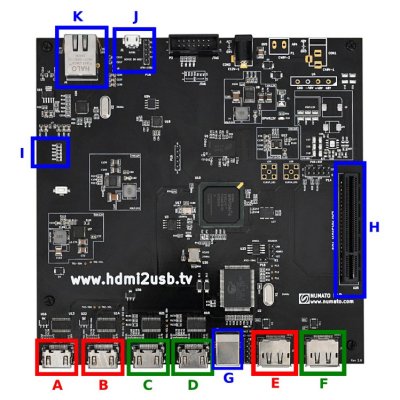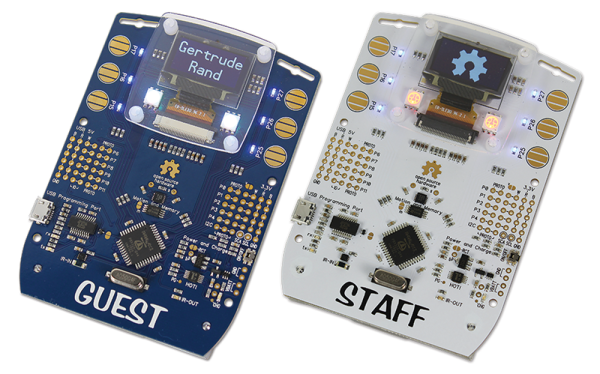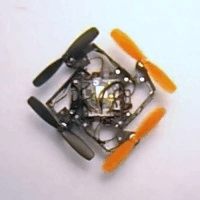A couple of days back, we wrote about the HACK – a prototyping platform designed by [Michele Perla] based on the Atmel SAM R21 MCU. It’s one of the new breed of devices consisting of an ARM Cortex-M0 MCU + IEEE 802.15.4 Wireless radio bundled together. This was exciting since we could pack a lot of punch in the HaDge hardware. We planned to use the same design later to power the HaDge. Building HACK would have allowed us to get it in the hands of the software team, while the hardware folks worked on the real HaDge layout.
The HACK design was ready for review and we asked around to verify the antenna layout, which was the part we were not too sure about. We asked Atmel for help with verifying the layout. That’s when we had the facepalm moment. They asked us – “What about FCC certification?” Since we plan to build the badges in quantities of a few hundred at the very least, it’s obvious we cannot escape from FCC certification. A design based around the R21 is ruled out – the cost of obtaining approval is pretty high. This means we need to punt the R21 and instead use an off-the-shelf radio module which is already FCC certified. Sigh.
Now the good news. This is a setback in terms of time, and effort put in by [Michele]. But beyond that, we’re good to go back to the drawing board and start afresh. First off, we decided to revert back to the Atmel D21 as the main controller. It’s a fairly decent MCU, and there’s a fairly robust tool chain available that a lot of people are familiar with. For the Radio, we are looking at some of these available options :
- https://www.anaren.com/air/products/24ghz-solutions
- http://www.nordicsemi.com/eng/Products/2.4GHz-RF
- https://www.adafruit.com/products/2471
- http://www.microchip.com/wwwproducts/Devices.aspx?dDocName=en535967
The last one from Microchip looks quite promising. But we’re open for better and cheaper suggestions, so please chime in with your comments.




 That’s exactly the problem that the
That’s exactly the problem that the 













